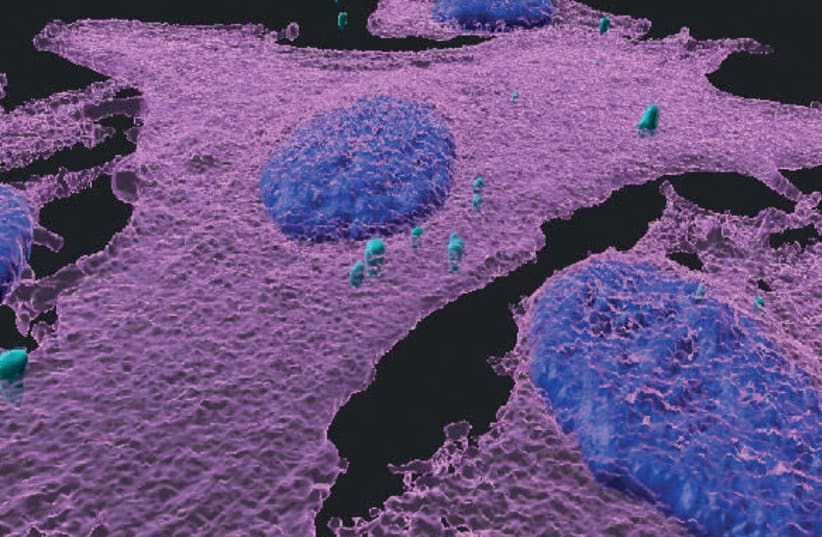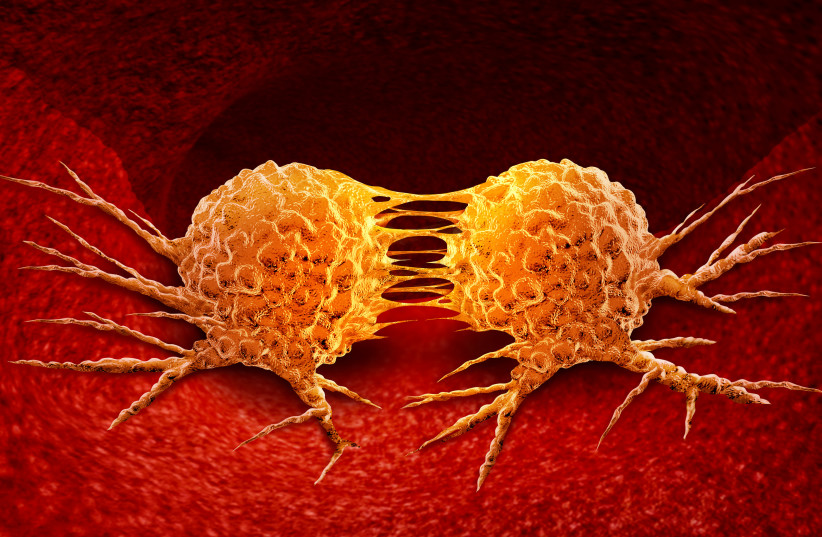Israel boasts of its sunny weather throughout most of the year, but the downside is damage to the DNA from ultraviolet (UV) rays that can cause the development of melanoma – the most dangerous type of skin cancer.
Who are more at risk? -
People with low levels of the protective skin pigment melanin are at the greatest risk of contracting the malignancy.
The latest report on melanoma released on Monday by the Cancer Registry of the Health Ministry’s Center for Disease Control showed that every month, an average of 144 new patients with melanoma are diagnosed, and 17 die from it each month. These constitute 5% of all cancer diagnoses in Israel.
Remarkably, although Arab Israelis (especially men) tend to work more outdoors, the prevalence of melanoma in this sector is rare compared to that of Jewish Israelis. The reasons are, apparently, that they have darker skin; they cover themselves up more; and the risk appears to be strongly influenced by socioeconomic conditions rather than indoor versus outdoor occupations.
According to epidemiologists, melanoma is more common in professional and administrative workers than among unskilled workers.
In 2019, of the 1,818 new Israeli melanoma patients, 1,079 had an invasive tumor that went below the epidermis and the rest had a focused growth in the skin (“in situ”). In that year, melanoma constituted 5.1% of all invasive cancer among Jewish men, 3.5% among Jewish women, 1% among Arab men and 0.3% among Arab women.
The five-year survival rate after melanoma in Israel was 87.8% among Jewish men and 89.4% among Jewish women.
Where in the world is melanoma most prevalent?
According to the World Health Organization’s Globocan cancer database, 57,000 people in the world died of melanoma in 2020. The highest mortality rate of melanoma was in New Zealand (where the protective ozone layer – the earth’s personal sun protectant – above is thin due to decades of man-made gas emissions) and Norway (due to the population’s light skin). It was lowest in Israel, Hungary, Cyprus and Estonia.
In women, they most commonly occur on the legs, while in men, they most often occur on the back. About a quarter of melanomas develop from moles; changes in a mole that can be diagnosed as melanoma include an increase in size, a change in color, irregular edges, itchiness, or a breakdown in the skin.
Having multiple severe sunburns increases the likelihood that future sunburns develop into melanoma due to cumulative damage. In addition to UV light from the sun, this skin cancer can be triggered by the use of tanning beds; people who begin using tanning devices before the age of 30 are 75% more likely to develop melanoma.
Those with many moles, a history of affected family members and poor immune function are at greater risk. Using sunscreen and avoiding UV light can prevent melanoma, but once the malignancy appears, early detection before it reaches the lymph nodes and other internal organs, offers hope for a full recovery. Most people are cured if the cancer cells have not spread; treatment in such cases is typically removal by surgery.
For those with metastatic melanoma (that has spread to other parts of the body), radiotherapy, chemotherapy, immunotherapy or biologic therapy may improve survival.

